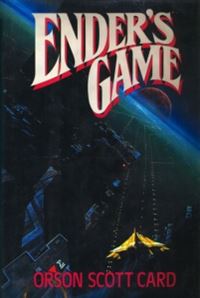 The Ender’s Game movie launched this weekend. I’m excited to see it (probably at home after it comes out on disc) so I can’t tell you if the movie is any good or not. But the book? The book is fantastic. This is probably my favorite book of all time. There’s always the debate about whether you should read the book or watch the movie first. Both have their merits and I’ve done both. There’s no argument for this one though. You really need to read the book first. Why? Well I can’t tell you for the same reason you shouldn’t watch the movie first. I guess the only case where you should ever watch the movie first is if you have absolutely zero intention of ever reading the book.
The Ender’s Game movie launched this weekend. I’m excited to see it (probably at home after it comes out on disc) so I can’t tell you if the movie is any good or not. But the book? The book is fantastic. This is probably my favorite book of all time. There’s always the debate about whether you should read the book or watch the movie first. Both have their merits and I’ve done both. There’s no argument for this one though. You really need to read the book first. Why? Well I can’t tell you for the same reason you shouldn’t watch the movie first. I guess the only case where you should ever watch the movie first is if you have absolutely zero intention of ever reading the book.
If you enjoy the book, the next three books in the series form a trilogy and are good. I think there are 9 or 10 total books in the series and I feel like they kind of dwindle as you go. But if you’re reading by book 7 or 8, you’re probably so engrossed in Ender’s universe that you don’t care too much.

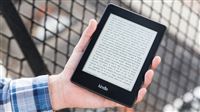 I finally pulled the trigger on a Kindle upgrade (
I finally pulled the trigger on a Kindle upgrade (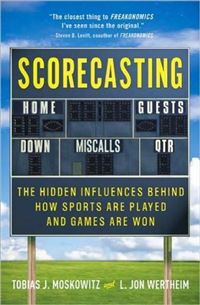 If you enjoy sports and statistics, there’s a book you need to read and it’s called
If you enjoy sports and statistics, there’s a book you need to read and it’s called  I’m usually left with way more books that I want to read than I have time to read, so keeping track of them all can be a hassle. After trying a variety of methods, I’ve landed on
I’m usually left with way more books that I want to read than I have time to read, so keeping track of them all can be a hassle. After trying a variety of methods, I’ve landed on 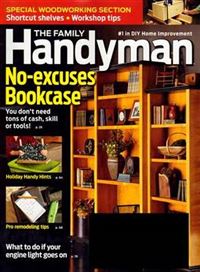 We live in a high tech county. Facebook, Amazon, Google and Microsoft all have offices here and those are just a few of the names you’d recognize. It apparently trickles down into our library system. The more I look at the library, the more amazed I am!
We live in a high tech county. Facebook, Amazon, Google and Microsoft all have offices here and those are just a few of the names you’d recognize. It apparently trickles down into our library system. The more I look at the library, the more amazed I am!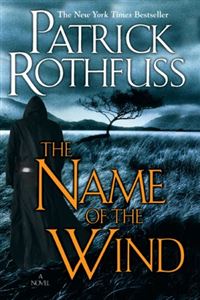 Looking for a book to read? I just finished the first book of the
Looking for a book to read? I just finished the first book of the 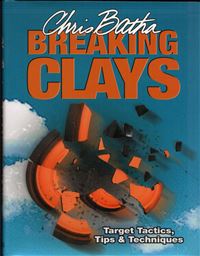 I picked up a copy of
I picked up a copy of 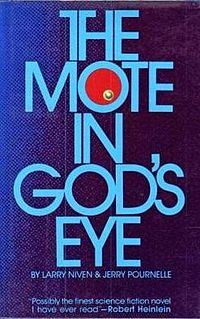 One of the best features of the Kindle is the ability to highlight passages and then retrieve them on your computer later. Here are some of the passages I’ve highlighted in the last few months:
One of the best features of the Kindle is the ability to highlight passages and then retrieve them on your computer later. Here are some of the passages I’ve highlighted in the last few months: